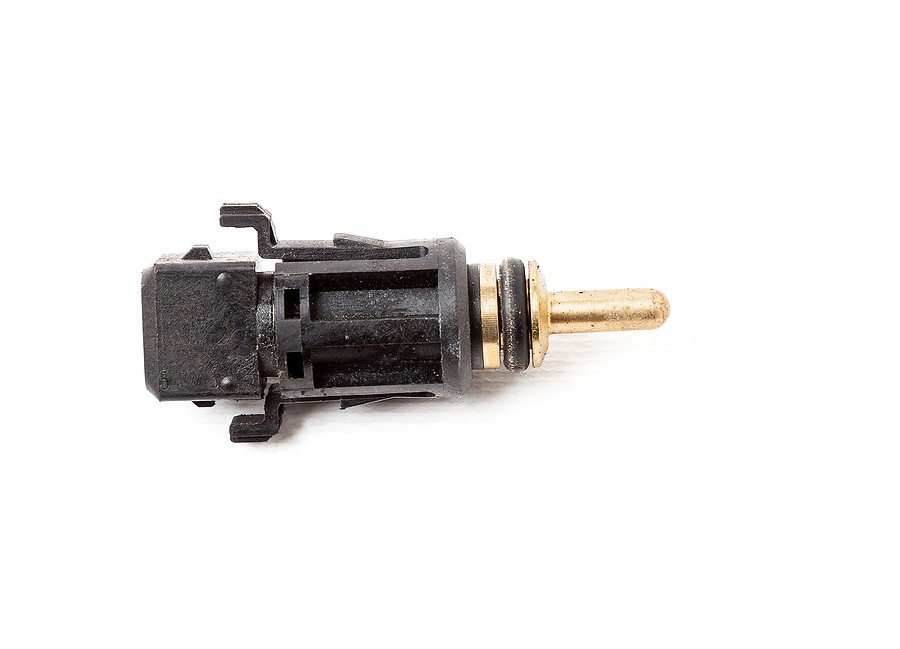If you're wondering “how to know if the coolant temperature sensor is bad,” here are the most common symptoms:
- Engine overheating
- Poor fuel efficiency
- Hard starting
- Rough idling
- Check engine light illuminating
Your vehicle's cooling system is responsible for maintaining the entrance temperature and preventing overheating that could damage the vehicle. You must maintain all the components within this schooling system to avoid dealing with situations that might cost you top dollar.
While most people focus on the major components within the cooling system, like the radiator and the water pump, some simple problems in smaller components, like the coolant temperature sensor, can lead to severe damage.
That's why you must maintain the temperature sensor's health and ensure it's always working properly. One of the best ways to help you prevent major problems is by addressing the problems as soon as possible.
This article helps answer the question, “How do you know if the coolant temperature sensor is bad?” It highlights the main five symptoms indicating a bad coolant temperature sensor and recommends what needs fixing to replace it and the expected repair costs.
What is the Coolant temperature sensor, and what does it do?
Before we dive into the details about “how to know if the coolant temperature sensor is bad,” it is important that you understand what is The coolant temperature sensor in the first place and what it does.
The coolant temperature sensor, or what's known as the engine coolant temperature, is a very small component within the cooling system that's responsible for maintaining and monitoring the coolant temperature, as the name suggests.
Once the coolant temperature sensor receives the information about the current cooling temperature, it communicates it with the engine control module. From there, the vehicle decides whether the school should go to the radiator and whether the temperature of this font is proper to cool down the engine.
Imagine if this sensor is not working; what will the vehicle rely on, and how will the vehicle's computer decide whether your engine coolant is at the optimum level where the engine temperature is not at risk?
How do you know if The coolant temperature sensor is bad?
Now you have a general idea about the importance of having a healthy coolant temperature sensor; the next step is to understand how to detect any potential problems in the sensor before it is too late.
According to experts, identifying early symptoms of a bad coolant temperature sensor helps you fix the problem without installing major components. Therefore, familiarizing yourself with the common symptoms helps you address the problem without spending too much on repair costs.
The following list summarizes the five most common symptoms indicating a bad temperature sensor that's connected to the cooling system:
1. Engine overheating
The first and most common problem indicating a bad coolant temperature sensor is when you have the engine overheating. It indicates that the engine is not receiving the proper cooling from the coolant beta itself is not cooled, and there's no way it'll be able to absorb the excess engine temperature.
Remember that engine overheating is a very common and general pro, blem which means that you cannot immediately assume that it's about coolant temperatures and stuff because the problem could be linked to any other component within the cooling system or even external components related to engine damages.
Regardless of the source of engine overheating, you have to address the problem as soon as possible because even if slightly impacting the coolant temperature sensor now, it can impact more sensitive components and might cost you thousands of dollars on repair.
2. Poor fuel efficiency
If the engine is stressed out and overheating, it's not going to fight with the best performance, and therefore, it'll assume that the engine is not receiving the proper fuel, and that's why it'll start consuming more fuel than before.
Therefore, when the coolant temperature sensor goes bad, you'll notice that your vehicle has significantly poor fuel efficiency. And you'll need to visit the gas station more often than before.
Again, the poor fuel efficiency can be linked to many other problems,lems and without performing a detailed inspection, you won't be able to tell whether it's a bad coolant temperature sensor or not, and your mechanic needs to narrow down the list of potential culprits to help you do the right repair.
3. Hard starting
If the coolant temperature sensor cannot cool down the engine, the engine will be stressed out all the time, and if you even try to start it, you'll find it hard to start it compared to before when the coolant temperature sensor wasn't good.
It is important to note that issues with starting are typically linked to the starting system, and it's generally related to a bad battery or alternator. However, a bad won't temperature sensor can also lead to issues in the starting problem.
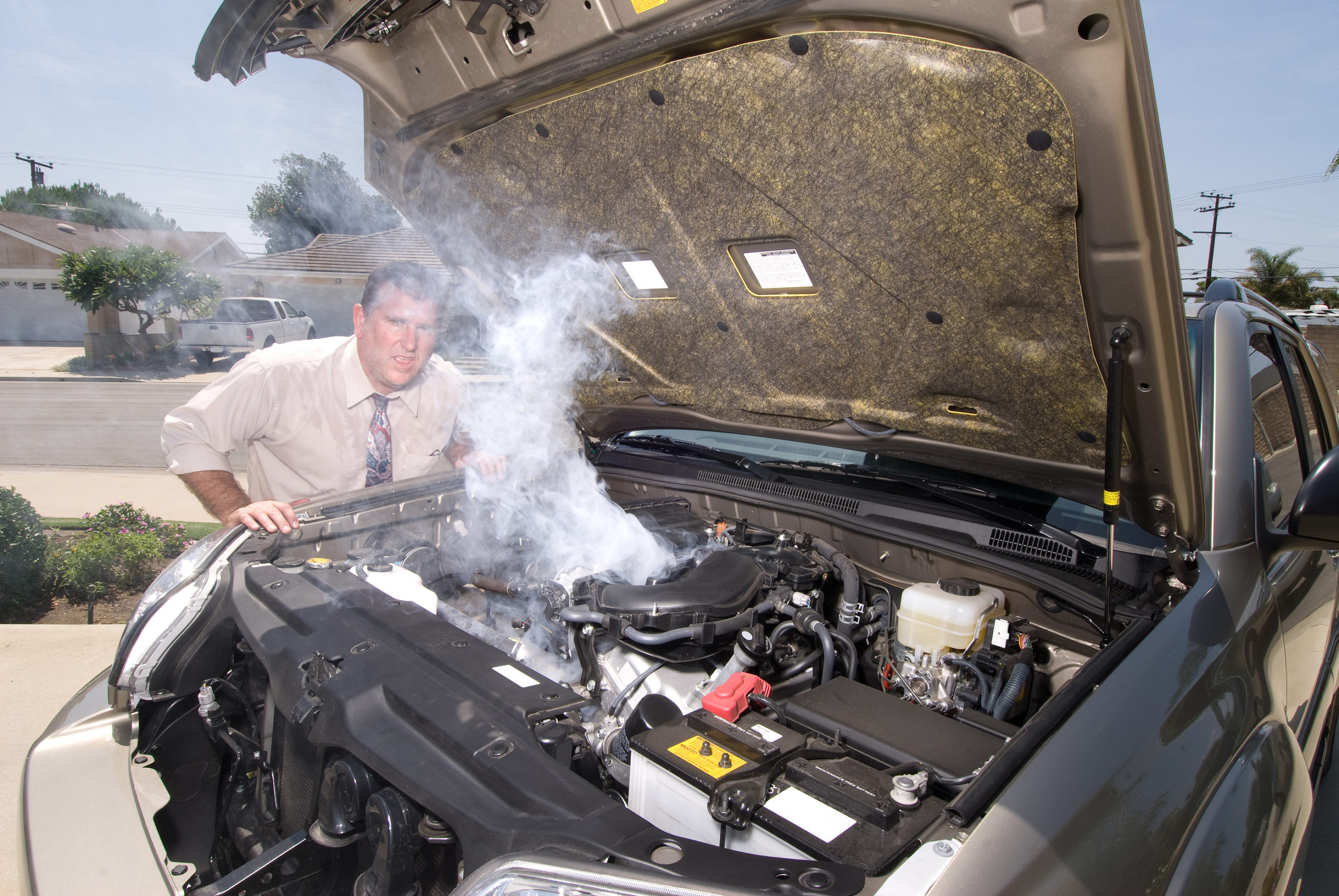
4. Rough idling
Another potential issue that you might experience when the coolant temperature sensor goes bad is rough idling. You might put your vehicle to idle but realize it is not operating as it should. That could be an issue that needs to be addressed immediately.
5. Check engine light illuminating
Finally, an easy way to detect whether you have a bad coolant sensor is to monitor the behavior of the check engine light on the dashboard. The check engine light is responsible for communicating and is an internal problem that needs immediate attention.
Remember that the tech engine light is another general issue that your vehicle can throw at you, which means you'll need to check whether it's related to the coolant. In other words, you must use an OBD scanner that translates the internal error in your check engine lights to help you understand what's causing the issue.
Suppose you confirm that the check engine light is illuminating because of a problem due to the bad coolant temperature; in that case, you'll have to replace it immediately before things get outhandands and before you have to deal with sevdamageatos in your engine.
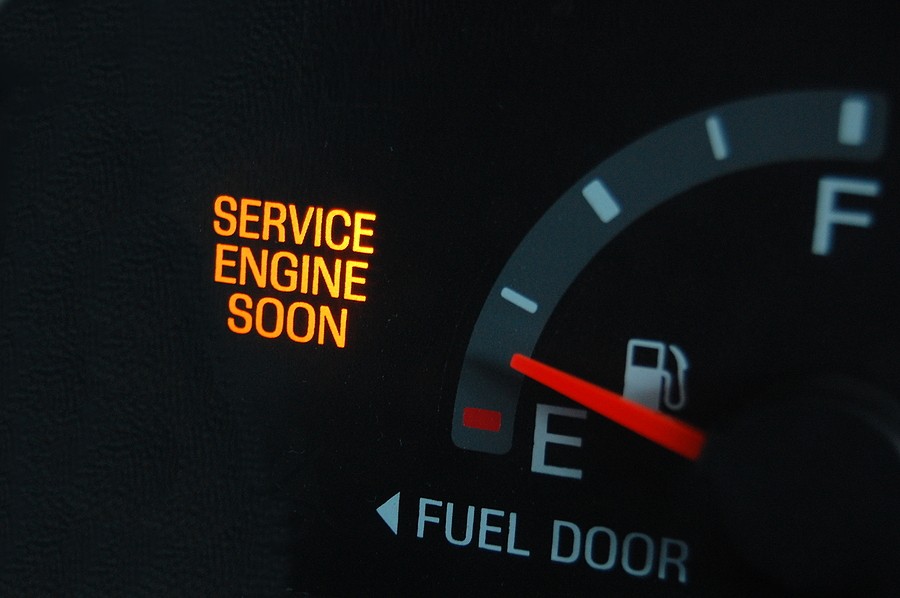
How to test the coolant temperature sensor?
As you might notice, the common symptoms of a bad coolant temperature sensor are very broad. They can be linked to any other problem. Therefore, when your mechanic sees your vehicle, he typically performs specific tests to help identify any issues in the coolant temperature sensor.
Some of these tests include:
- Cold resistance test
- Hot resistance test
- Wiring and connection inspection
- Coolant temperature sensor replacement
If you're a mechanic who performed any of these tests and realized some failed, he'll immediately recommend replacing the cooling temperature sensor. Appeayou must move forward with the repair before things get more complicated and require more money on repair costs.
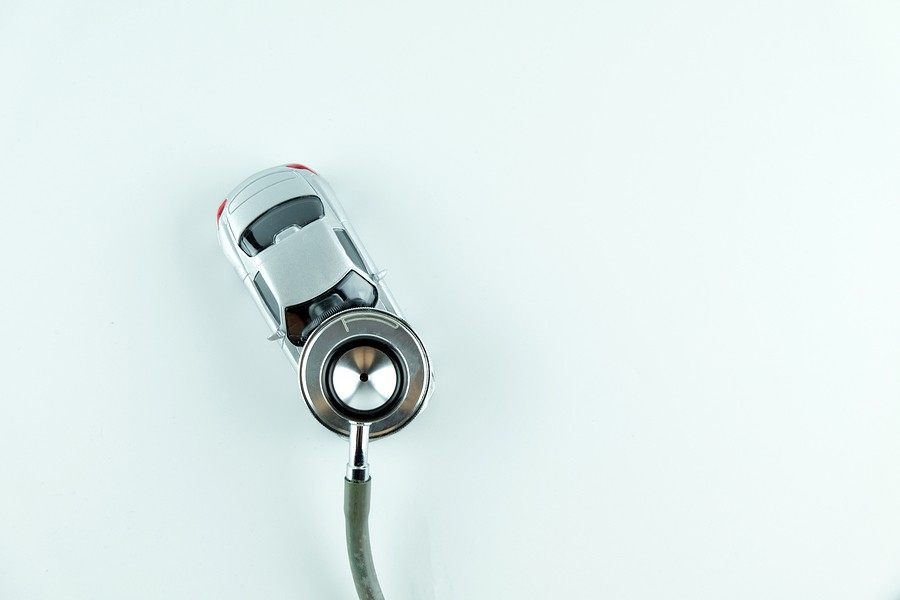
What to do if the coolant temperature sensor goes bad?
As we mentioned before, the coolant temperature sensor is vital to your cooling system. Therefore, you cannot continue driving your car if this sensor is not performing properly, leading to more complications.
Unfortunately, many inexperienced cars might think that delaying the repair of the coolant temperature sensor is a good idea to help them save money. However, that's not a good idea because it can lead to further complications that might cost you more money if considered for the long term.
That's why automotive experts recommend performing a temperature coolant sensor repair immediately.
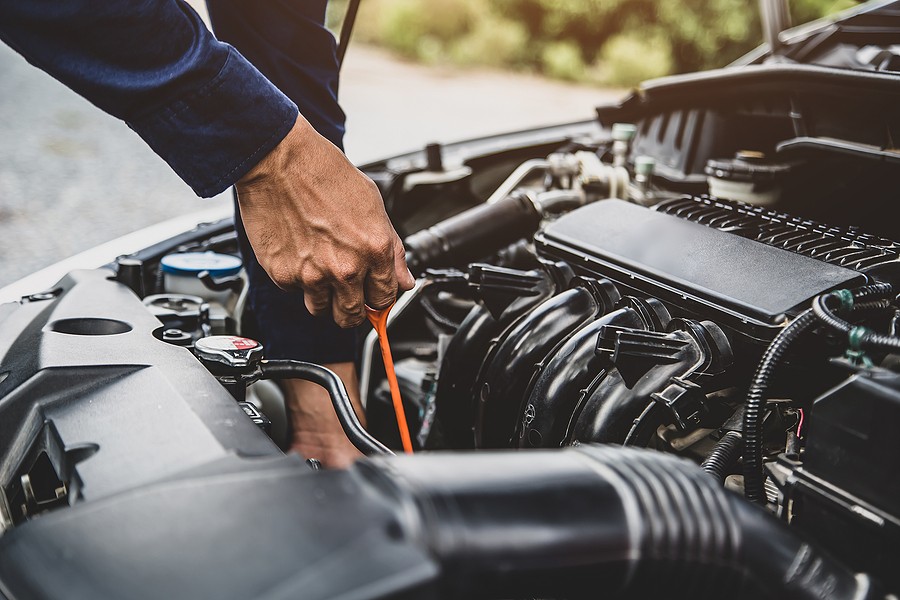
How much does it cost to replace a coolant temperature sensor?
As we mentioned earlier, if you're a mechanic who confirmed that you were dealing with a bad coolant temperature sensor, you must replace it. What are the first questions that you might ask yourself? How much do you expect this repair to cost?
In general, it replaces a bad coolant temperature and especially costs between $96 and 306 dollars. This is not a very expensive repair if you compare it to other problems that could happen when your engine contains tons of overheating.
Keep in mind that repair costs can be impacted significantly by labor costs. Therefore, if you're looking to perform a simple repair, you might want to be mindful of what location you go to. For example, if you go to a dealership, labor costs can be significantly higher than small independent shops.
However, you must be careful about ensuring your mechanic is experienced enough to perform this repair so he doesn't introduce any problems that could cost you more money.

How do you know if the coolant temp sensor is bad? Conclusion
Dealing with a bad coolant temperature sensor is never fun because it leads to many problems, including overheating that could damage the engine. Therefore, you must understand what to do to confirm whether your cool temperature sensor is bad.
This article provided detailed guidance to help answer the question, “How do you know if the coolant temperature sensor is bad?” It highlighted the main symptoms, tests, potential repair options, and costs.
If you're interested in similar posts, we highly encourage you to visit our blog by clicking here.

